While enjoying the stunning vocals and artistry of the movie ‘Wicked’ something that kept catching my attention was the use of complementary colours. Pink and green were obviously prevalent but so were red and cyan. There has been a lot written about the use of colour in this movie. The way the artists worked with colour was very intentional. Opposite/complementary colours help to illustrate the opposite/complementary personalities and relationship between the main characters.
It might seem like pink and green follow the most commonly held understanding about complementary colours. When I was learning about colour as a student, I was always taught red is the complement to green, yellow to purple and orange to blue. Pink is most often defined as a light version of red. So, pink (light red) and green would make sense as complements.
Since working the past few years on growing my understanding about colour, I realize this view of complementary colours is incorrect. Since cyan, yellow and magenta are true primary colours for mixing materials, the complementary colours are cyan and red, yellow and blue, magenta and green. I outline in multiple ways throughout my book that magenta should not be defined as a type of red. Pink should also not be defined as a type of red. Pink and magenta however are quite close on the CMY spectrum.
If we take a few colour samples from the movie ‘Wicked’ we can see where they fall on the CMY spectrum.
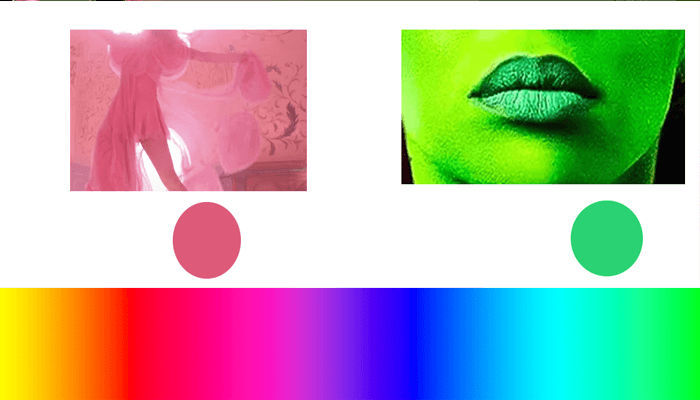
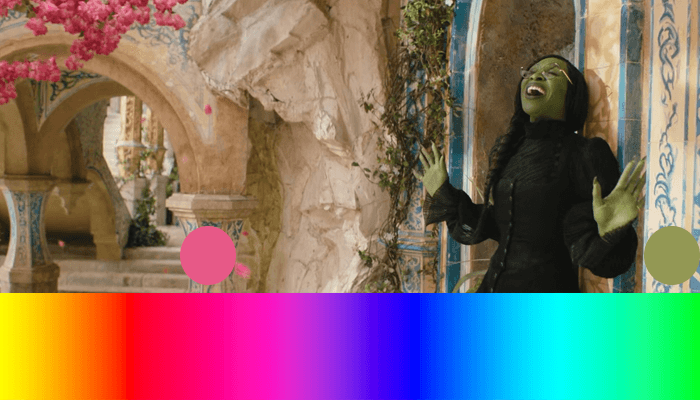
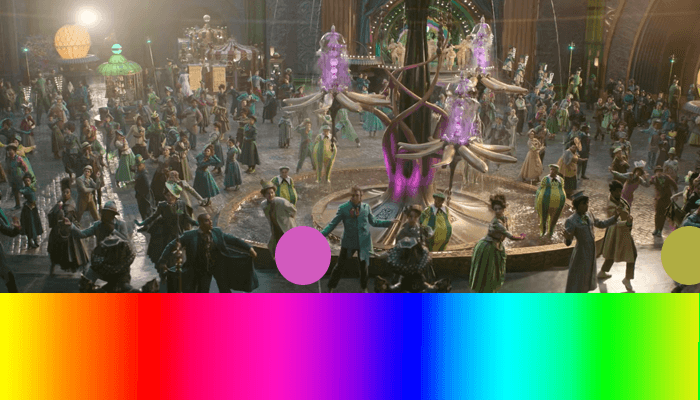
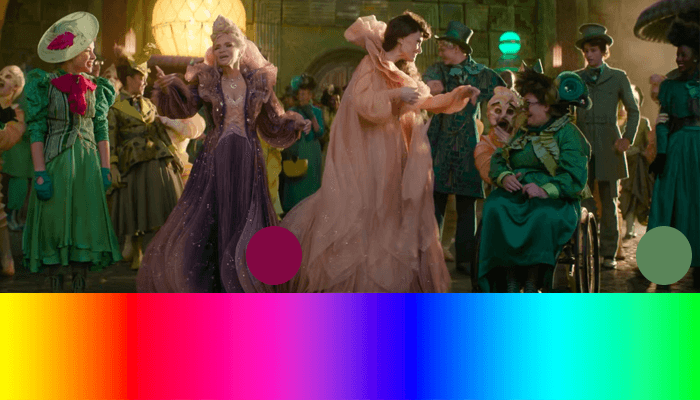
Some of the colours are a pink that is closer to red and some of the pinks are closer to pink. Pink and red are also quite close on the spectrum but are conceptually and culturally very different colours.
One of the interesting things I noticed in the movie is the green and how sometimes it feels closer to viridian. It isn’t always a green green. Sometimes it is closer to cyan on the spectrum. The greens and pinks utilized in the movie work with both the magenta/green and red/cyan complementary colour pairs. Red and cyan show up in different scenes to boost the look and feel and reinforce the opposite/complementary colour scheme.
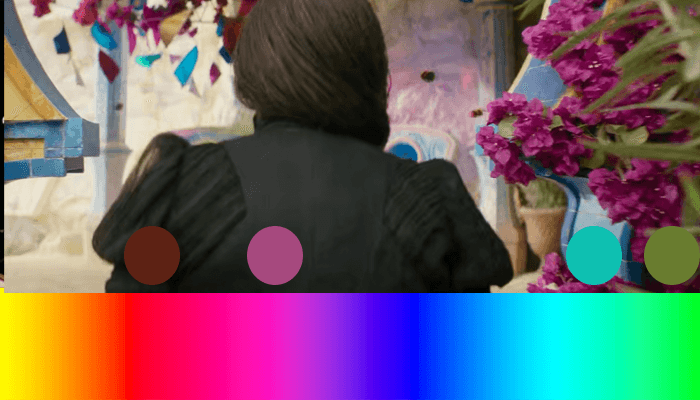
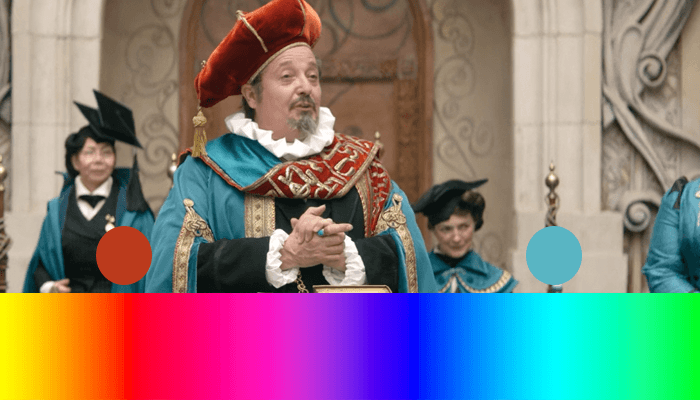

When you have a CMY spectrum in mind, it is easier to identify colours and understand how they are utilized in different creations. Be sure to sign up to my email list for more colourful insights.

